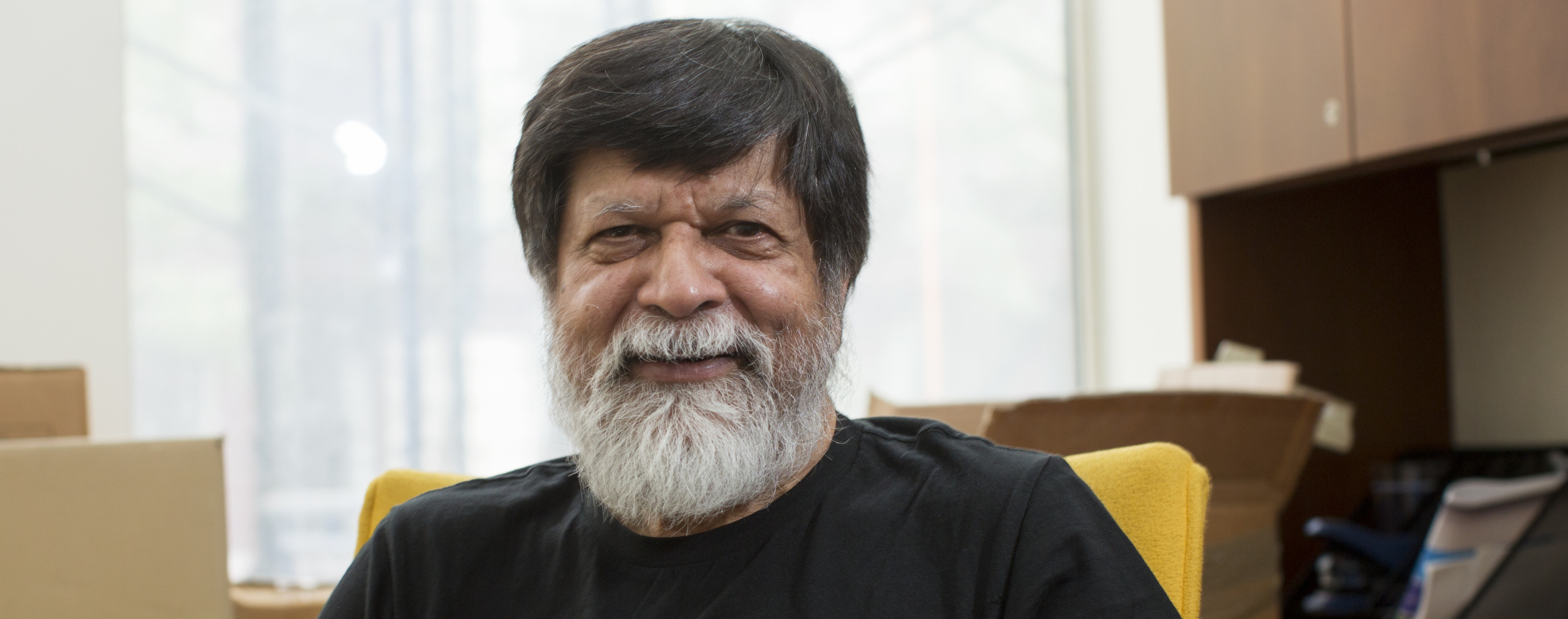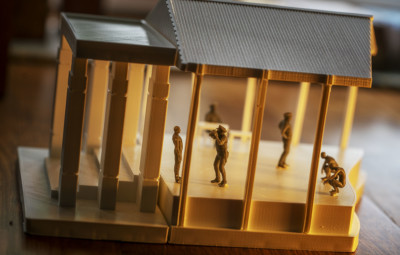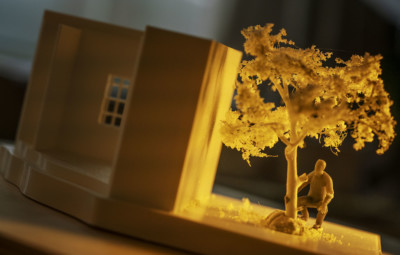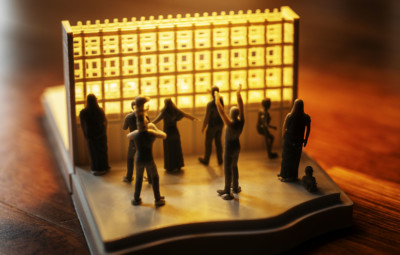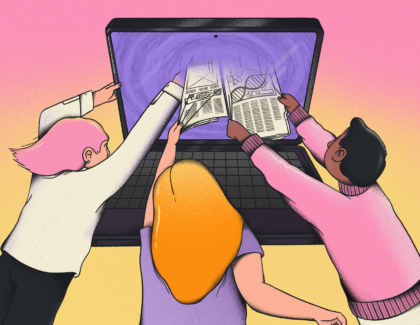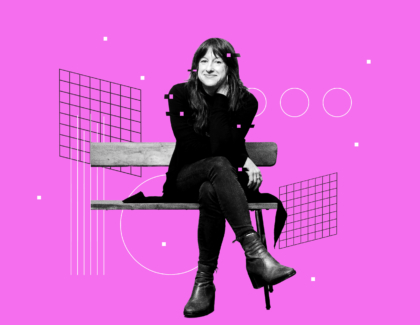Sign up for the daily CJR newsletter.
The photojournalist and human-rights advocate Shahidul Alam sat in a small office in New York City’s Rubin Museum of Art on a dreary October afternoon. He’d just flown in from Toronto. The next day, he was expected in London. If the government of Bangladesh had its way, Alam would still be in Dhaka’s central jail, Keraniganj. Instead, Alam—red-eyed, but ready—sat for back-to-back, one-on-one interviews with journalists about his first major US exhibition, Shahidul Alam: Truth to Power, which runs at the Rubin until May.
Alam had been arrested at his apartment in August of 2018 following a frank interview on Al Jazeera, in which he condemned systemic injustices carried out or tolerated by the Bangladeshi government—“the looting of the banks, the gagging of the media… the extrajudicial killings, the disappearances, the need to get protection money at all levels, bribery at all levels.” His statements were particularly embarrassing for the sitting Awami League government, led by Prime Minister Sheikh Hasina, which went on to win the election with a suspiciously high 90-plus percent of the vote. Alam was jailed for more than 100 days. Only a global campaign, a sustained grassroots effort in Bangladesh, and representation by a crack legal team compelled the government to release him.
During his October interviews in New York, Alam said he is under government surveillance from the moment he leaves home until he returns. While out, he checks in with his “home base”, his partner, Rahnuma, via mobile phone every hour, and otherwise hardly uses the phone for fear of government monitoring. “I think they wish I just disappeared in a hole somewhere,” Alam said.
Asked why he, a man whose own government considers him an enemy, is allowed to travel out of the country, Alam grinned. “Legally, there are no restrictions on me leaving. So for them to stop me would require them to do something illegal, which they have done in the past,” he said. “But they know that that’s not something I’m going to take lying down”—nor would his defenders, at home and around the world, which include major nongovernmental organizations like Amnesty International and PEN International as well as prominent individuals, among them 10 Nobel laureates.
RECENTLY: Disinformation redux
Alam said the offer to exhibit at the Rubin was delivered to him “across three layers of bars” at the Keraniganj jail, “at about 100 decibels.” He knew of the Rubin, Alam said, and readily accepted. But organizing a major exhibition from lockup is rather difficult, so the burden fell on his team to begin preparations while also running the myriad activities and institutions under the Alam umbrella: Drik Picture Library, a photography agency and archive founded in 1989; Pathshala South Asian Media Institute, a journalism school; and Chobi Mela, a biennial photo festival that draws participants from across the globe.
“While I was in jail, my colleagues in Drik and Pathshala really stepped up to the plate,” Alam said. They made the decision to hold Chobi Mela, a massive undertaking, while he was still detained.
Chobi Mela met with serious government obstruction. Venues across the city backed out, including the location scheduled for the opening session with Booker Prize–winning writer and human-rights advocate Arundhati Roy. Two sites, including one Alam had negotiated through jail contacts, canceled under pressure from the police. But the show went on, and Alam was released in time to help.
“People physically surrounded the venue,” Alam said. “It got to a stage that [the government] didn’t have a choice. They knew that this was going to happen, and it was a question of damage control, so we were told through an emissary that we would have it.” As planned, Alam led a conversation with Roy to a “sitting-room-only” crowd of international visitors and Bangladeshi citizens.
Just as a Chobi Mela was necessarily a collaborative effort, so too was the Rubin exhibition, which spans Alam’s 30-plus-year career as a social-documentary photographer and advocate. The show is big: It features 42 of Alam’s printed photos; 22 iPhone photographs displayed on an iPad; four laser etchings; everyday objects, including a radio fellow prisoners made for Shahidul so he could listen to the news; a 1992 audio recording of Alam reading an open letter to the Prime Minister of Bangladesh; and a 3-D model of the jail produced with architect Sofia Karim, his niece. “Photography as a medium is very good at rendering what is in front of your eyes,” Alam said. But in jail, he had no camera to capture what he saw. So Alam and Karim created a model from his memories of the spaces where he was detained.
Photos courtesy of Sofia Karim; click images to expand
Karim said that the work of imagining these dismal rooms started long before she and Alam began collaborating. “When he was on remand under interrogation—after torture in custody and before he was sent to jail—I wanted to crawl into his cell like a worm, to hold his hand so he wasn’t alone.” So Karim visualized the Detective Branch offices where Alam was first held. Once Alam was released, the two—with contributions from Rubin curator Beth Citron—set about creating Alam’s Keraniganj. The final product—a mini, 3-D-printed model complete with miniature guards and incarcerated people—was the result of three months of emails, texts, and face-to-face conversations between Alam and Karim in London.
“My uncle’s detention changed me forever,” Karim said. “When he was in jail and we were campaigning to get him out, I had to think like he did and believe the impossible was possible…. His incarceration also changed me as an architect and artist.” Like Alam, she’s now working to improve conditions for those incarcerated at Keraniganj. Karim has even roped in her children, aged six and ten, for a project called Books4Jail, which collects books signed by artists and cultural figures for those on the inside. “The story of Keraniganj jail, that hidden world, will never leave me,” she said.
The law under which the government detained Alam, Section 57 of the International Communication and Technology Act, has been repealed, but the government has not dropped its case against him. Bangladesh’s Supreme Court has given the government until December 18 to determine whether it can form another case and make it stick. If so, then Alam faces serious prison time—current charges call for 14 years. If not, then Alam’s case is closed.
So what happens on December 19? “I continue to do what I do now,” Alam replied. “I see myself as the citizen of an independent state which has a constitution that gives me rights, and I will exercise those rights the 17th, 18th, and 19th of December.” Alam also sees broader possibilities if the government is forced to back down. “It opens up an entire Pandora’s box to a whole lot of other people who have not challenged the government so far. They’ve not felt it safe enough to do that. I think this sets a precedent which will open up the door for many, many other people who are wrongfully detained, and that could be a game changer.”
ICYMI: Has our investment in debunking worked?
Has America ever needed a media defender more than now? Help us by joining CJR today.



